How To Grow Beetroot In Containers and Pots?
The trick is to find a suitable sized pot with drainage holes and soak the seeds before planting
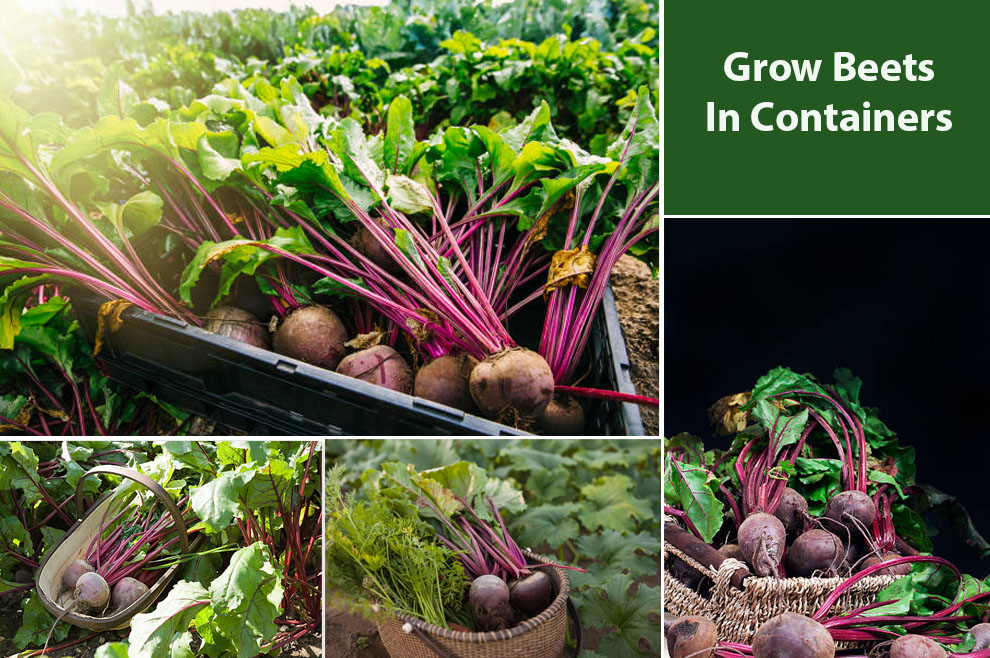
Do you love beets but do not have ample space in your outdoor garden to accommodate them because let us agree, not everyone is lucky enough to have a lavish veggie garden. Hence, you have to resort to condensing the growing space. For this, we recommend planting them in a pot. But how to grow beets in containers? Do they even flourish in a container?
Please remember anything that can be grown full-fledged in the garden can be grown in a container, provided the container size is correct and you expose it to good growing conditions and proper nutrients.
Beta Vulgaris or beets are cool seasoned veggies that are delectable with tasty roots, and their leafy greens are infused with nutrients. Fortunately, caring for beets is straightforward. You can plant them in fall, spring, or both if seeking a double crop.
First of All – Do Beets Grow Well In Containers?
Yes, beets grow very well in the pots. You can plant the beets both indoors and outdoors. These cold hardy vegetables thrive in the fall and spring and cherish sunshine.
What Pots To Grow Beets In?
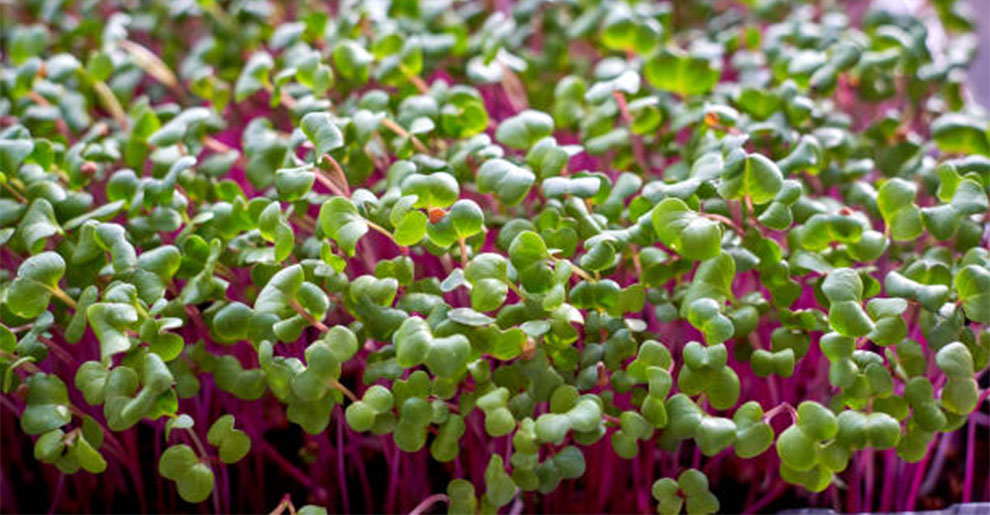
Now that you know beets grow well in the container, the question is which container to choose, how deep of a container for beets is ideal? So, the first step towards planting the beets is picking a clay pot that works best for the beets.
In addition, when you grow a root vegetable in the pot, you must pick a container with the correct depth. Typically, beets seek a container that is about ten inches deep. It ensures that the plants have ample space to stretch and grow.
But depending on how many beets you intend to plant in the container, you can pick the container’s width and length. Space them at least three inches apart in the chosen container to give them ample room as they mature.
A 15-20 gallon soft-sided smart pot can be an excellent investment to achieve a decent-sized crop, especially if you wish to grow the vegetables on a porch or a deck, as it can be tedious to move this container around.
A pot, at least 26-inches long and 10-inches deep, can be a suitable pick for the indoor crop. Also, an essential aspect of understanding how to grow beets from seed in containers is ensuring that your chosen pot has drainage holes.
In addition, you must spread small pebbles onto the bottom of the container to eliminate excess water from the drain below the soil. It is necessary to prevent waterlogging or root rot.
Should I Soak Beetroot Seeds Before Planting?
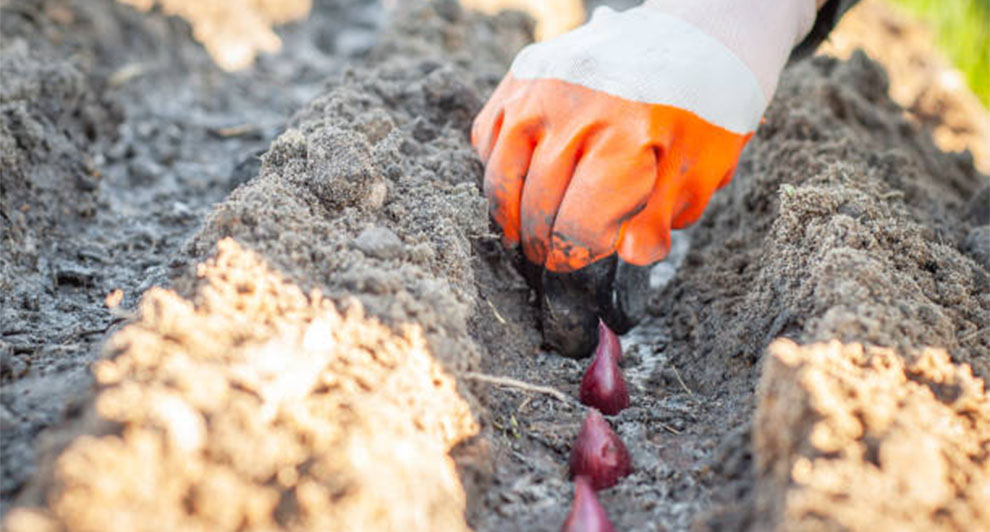
Yes, you should soak beet seeds before planting them. Most people have a common dilemma – they cannot decide how to grow beetroot in pots because of their hard seed coats.
The idea is simple. All you have to do is soak them before sowing them to soften their hardcover. You can soak them overnight or 30 minutes before sowing. The easiest way to tell whether your seeds are ready for sowing is when they sink to the bottom.
At times, beetroots fail to evolve well. Please note beets like boron, a soluble nutrient. So, add it to their soaking water bowl.
Once they germinate, the plants will take off. Anytime you experience issues with beetroot development, it is because of a boron deficiency since ground soil is typically boron deficient. Hence, adding it in minute quantities in the water and then watering it can make your plants thrive well.
What Is The Ideal Soil For Beets?
Beets are forgiving and very easy to grow. However, they can be picky when it comes to their soil requirements. Thus, plant them in well-draining, light soil filled with nutrients like compost, bone meal, and manure for growing the beets. Beets prefer soil with pH levels ranging between 6-7.
How Much Sun Do They Need?
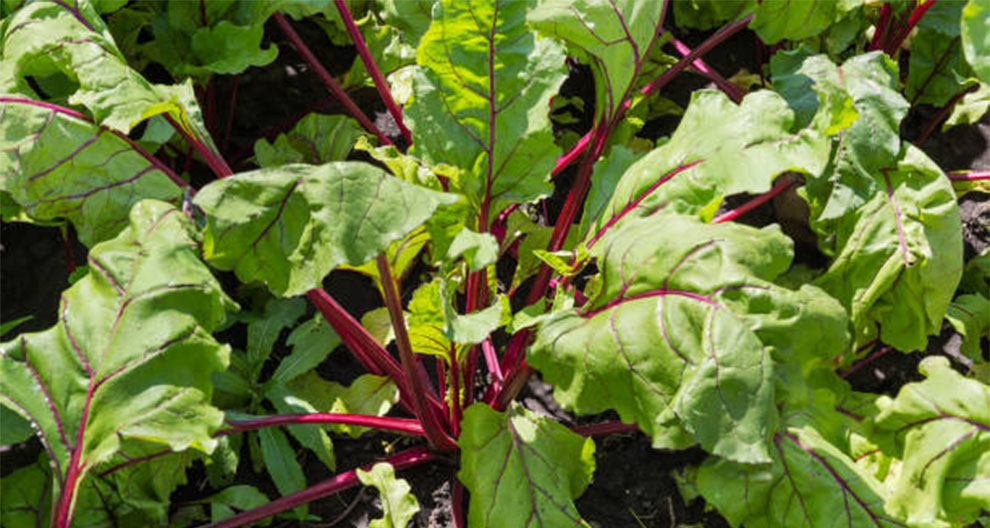
Beets love the sun. So, how to grow beets in a pot that it gets the sunshine it needs? You must plant this root vegetable in a well-lit deck spot. Beets desire sun for at least six to eight hours daily, regardless of where you grow them (indoors or outdoors).
If you have an indoor growing beet, you can place it on a chair, milk crate, or table next to a sunny window for the plant to blossom. Ensure the window gives the plant at least six hours of direct sun daily.
How to plant beets in a pot if you live in an area where it is cold and dark in the winter? In this case, you will have to grow an artificial light. You can find affordable grow lights from Amazon that can help their seeds germinate in six to seven days.
Even though beets will grow sans full sun, they do not develop juicy roots sans ample light. Hence, do not skip on the sunlight if you want juicy beets.
What Are Its Watering Requirements?
Beets love water. However, they do not want the soil to be too wet. So, how to grow beets in containers without making the soil soggy? You must ensure the soil does not get too dry and is neither water logged. Also, do not let the leaves get wet when you water the plants. Wet leaves are susceptible to fungal infections.
Should You Fertilize The Beets?
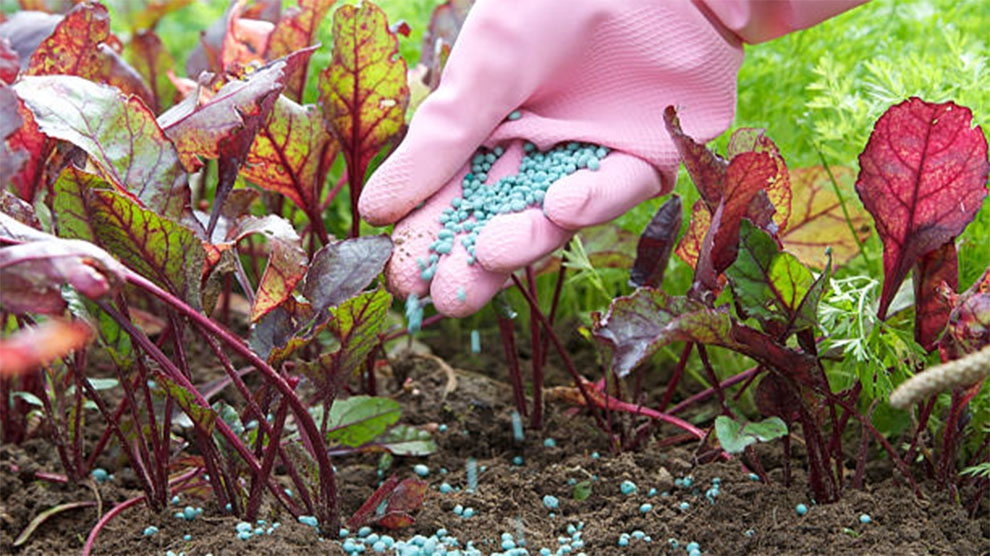
Feeding beets is as essential as water and soil tilth. Prepared beds must have organic matter worked into the soil to boost its porosity and supply it with the required nutrients. Beets are heavy feeders and will demand fertilization during the growing season.
However, you must understand their required nutrient combination to fertilize the beets. Selecting the apt nutrients results in dense roots with a better taste. Every plant should have three macro-nutrients – Nitrogen, Potassium, and Phosphorous.
Nitrogen helps with leaf formation and is pivotal for photosynthesis. Potassium helps with fruit development and betters disease resistance, and phosphorous helps with flower production and boosts root uptake and growth.
So, perform a soil assessment and then pick a fertilizer that best meets the needs of the beets. Read through the instruction label to not over/underfeed the plant. A balanced fertilizer or amendments in the soil can replenish the lost nutrients.
How To Grow Beetroot In Containers – Sowing The Seeds?
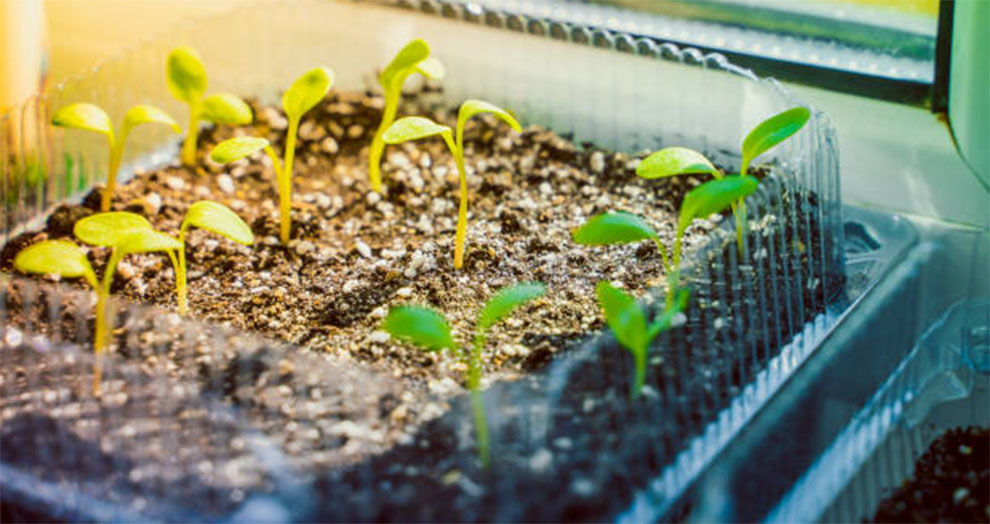
You are now well-versed with the care instructions. So, let us discuss how to plant beetroot seeds in pots. You can plant the beets in a seedling tray. Please know if you are not careful while transplanting, the roots may get damaged easily.
If you wish to grow beets in the early spring, but the outside weather is too cold, you can start the seed germination indoors in a germination starter tray or a two-inch-deep seed tray. Plan it at least two to three weeks before the average frost date of the previous year.
It ensures that the weather is moderate for the beets to survive outdoors. After the growth is around two inches tall, you must transplant them into deeper permanent containers.
For germination, soak the seeds in warm water for at least 30 minutes before sowing. It helps open up the seeds. Space them at least three inches apart, and poke an inch-deep hole in the soil. Drop two seeds into every hole, and cover them with soil. In this manner, even if one seedling does not sprout to grow well, you will have another one.
Now, you know how to plant beetroot in pots, but what if you wish to plant seeds in a seed tray? You can use the same process and achieve fantastic results.
Related Read: Fruits that grow in winter | Red berries winter trees
Taking Care of Pests and Diseases
Diseases and pests may infect the plant, regardless of whether you grow them indoors or outdoors. However, since you grow plants in containers, you must not have too many issues. But, at times, issues may arise, and you may have to find ways to overcome them. Some problems you may note in the beets are:
- Beet webforms, aphids, and flea beetles – These insects may nibble on the leaves and damage them, but as soon as you spot them, you must spray the leaves with a horticultural oil or neem oil solution.
- Fungal infections – In containers, the soil dries out more rapidly. Thus, the susceptibility to fungal infections is low. But watch out for the Cercospora leaf spot – a common fungal infection that causes patchy spots on the foliage and can destroy the plant.
In no time, the disease spreads across the entire leaf area. Whenever you see infected leaves, you must snip them away instantly. Fortunately, beets will survive if only a few leaves are affected. However, if the entire plant is covered in leaf spots, you must uproot it and get rid of the plant matter.
Preventive Measure
Keep your greens well-thinned as they grow well that way and taller. It helps prevent overcrowding and ensure good airflow while lowering the susceptibility to fungal infections. Further, do not water the actual leaves. It prevents them from getting damp and keeps them safe from fungal diseases. But, if the plant experiences severe fungal infection, you can use an organic anti-fungal spray.
Harvesting The Beets
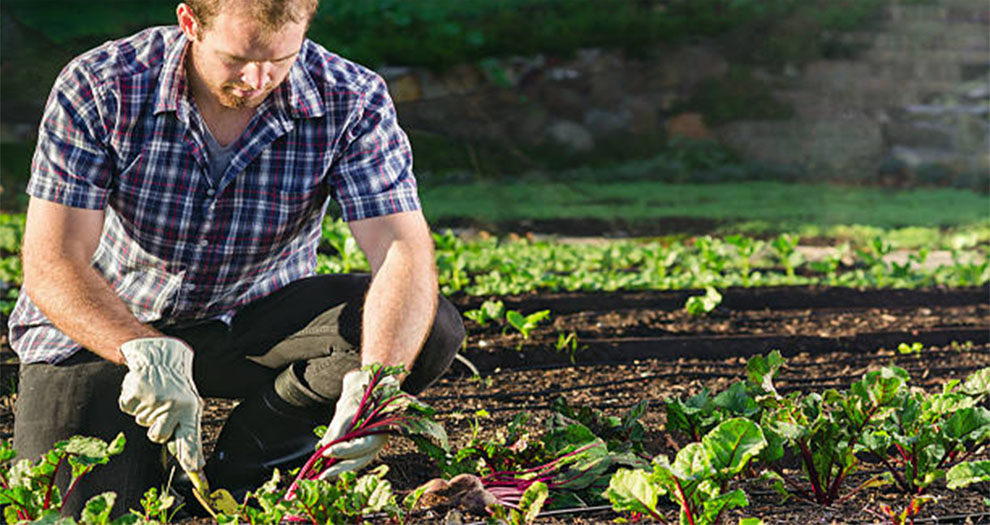
After the leaves grow between four and five inches, you can harvest the greens, only a few at a time, snipping from the plant’s outer portion. You can use them in your salads.
Beets take around four months to grow. So, after 10 to 15 weeks, the beets will be ready for harvesting. Check for a bulge in the soil at the base. If you see the bulbs peeking out, you can pull the whole plant gently, wash it off, and enjoy.
Summing Up…
Beets are delicious and incredibly healthy. So, if you are interested in reaping their benefits, don’t let the absence of a huge garden stop you. You now know how to grow beets in containers, so get started.
